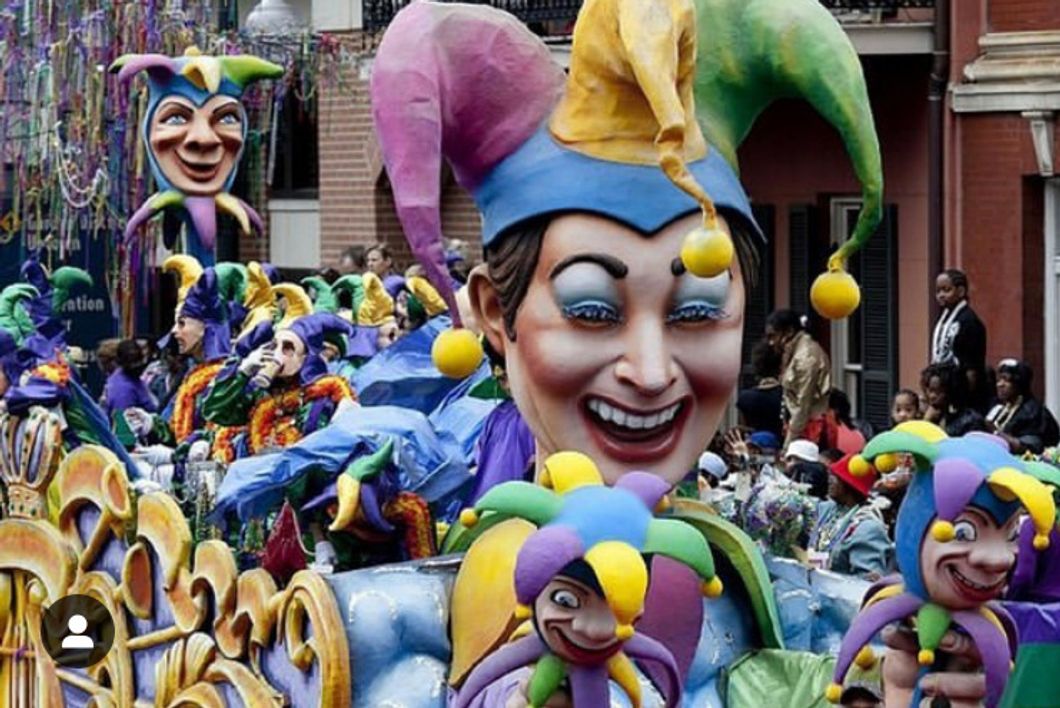It's PARTI GRAS season!! You know what that means, right? Well, if you are from Southern Mississippi, all of Louisiana, and a few other southern states, you sure do! But what about the other 46 states? Do you know why we go crazy for king cake? Why we worship the green, gold, and purple? You're about to learn today, boy!
For all the Yankee's, here are 6 Mardi Gras Traditions elaborated so you can laissez les bon temps rouler too:
1. King Cake

Fun Fact: Mardi Gras season begins on January 6th because that is believed to be when Jesus showed himself to the three wise men, also known as the Twelfth Night or the Epiphany.
Therefore, King Cake/Mardi Gras season begins on that date.
But, why stick a plastic baby in a cake? It is believed to be brought over from French traditions in the 1870s. The legend goes that the lucky person who “finds" the baby has to bring the next cake along. The King Cake Roulette continues until Fat Tuesday, ending the Mardi Gras season until the following year.
Besides, what more of a reason do we need to eat cake all the time!
2. Purple, Green, and Gold
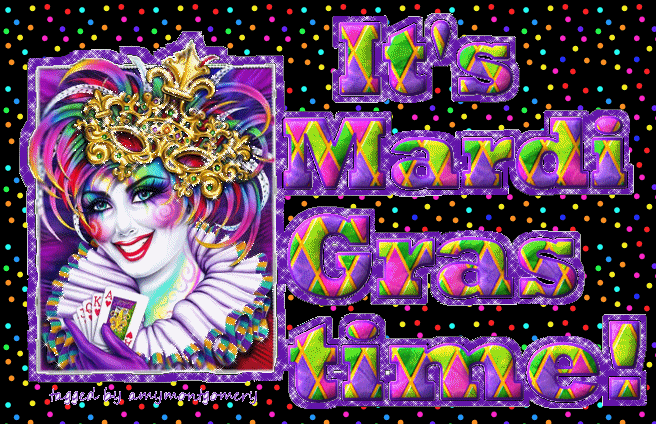
Okay, but why purple, green, and gold? Who decided those three?
So each of the colors represents something: purple for justice, green for faith, and gold for power.
But, there is so much more to it. It gets a little complicated, so here's the best summary I could find considering we are digging back almost two centuries before the internet blessed our souls.
According to famous historian Errol Flynn Laborde, the Rex founders believed that “a king must have a kingdom and a kingdom must have a flag," and since the US, Britain, and France all had three national colors, so should the flag for Carnival.
When choosing the colors, royal purple was a given. “Heraldry" legends state that you need a “metal," providing gold was an obvious choice, and “colors," referring to coat of arms. There were only five sufficient colors: purple, red, blue, green, and black. Narrowing it down, it was pretty clear that green was the best choice.
Fun Fact: Legend says that when arch-rivals LSU (Geaux to hell) and Tulane were choosing school colors, LSU decided on gold and purple and bought up the majority of it, leaving green for Tulane.
3. Masks
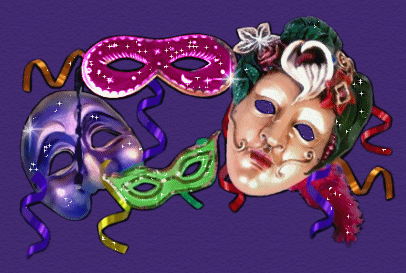
I know masks aren't solely a thing of Mardi Gras, but they are VERY popular around that time. So, what's the hitch?
Initially, masks were worn so that partygoers could escape their societal and class constraints. Mingling with any class, escaping their realities and identities, and allowing freedom were the biggest factors.
On the flip side, women who wore these masks often had their reputation questions, and it was seen as a diversion for poor people to mingle with higher class.
Fun Fact: By law, float riders are required to wear masks in the parade!
4. Beads and “Throws”
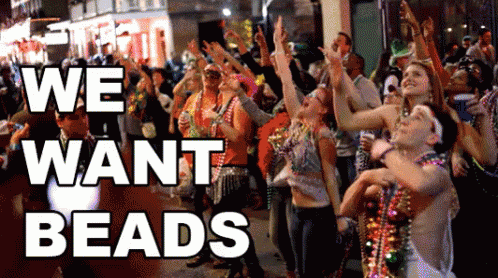
What's the big deal about some plastic beads? And why do you have, like, a MILLION of these plastic cups?
Throwing things during the parade isn't something new. In fact, throwing trinkets and such started as early as the 1870s by Twelfth Night Revelers.
So, you get a lot of beads because they are easy to throw, what about the rest of the stuff? Well, usually the cups, stuffed animals, specialty beads, coins, etc. are commemorative items from the different Krewes in the parade. Each Krewe gets to choose what they want to throw to parade-goers and around here, anything goes!
5. “Throw me something, mister!”

Why do people flash for some beads?
As often of a question as this is, there are a lot of parts where it doesn't even happen. Usually, people flash in order to grab the attention of the floaters so that they will throw them something extra nice. And usually flashing occurs after several drink specialties.
6. Fat Tuesday
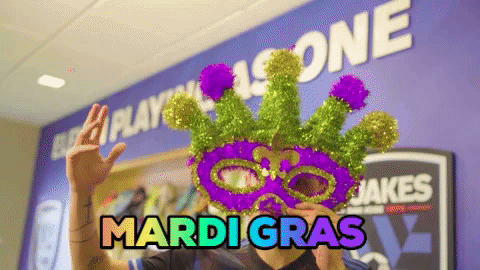
So, what's the big deal with Fat Tuesday? It's just another Tuesday.
Wrong. It is the most important Tuesday of the year. Okay, maybe not the most important, but you get the gist. It is very important.
Carnival season is about eating, drinking, and celebrating life before the season of sacrifice, Lent. Therefore, the “big deal" with Fat Tuesday is that it is about celebrating the Carnival season that leads up to Mardi Gras. Fat Tuesday is always the Tuesday right before Ash Wednesday, kicking off the season of Lent.
So, now that you know all about the biggest “party down south," what are you waiting for?

